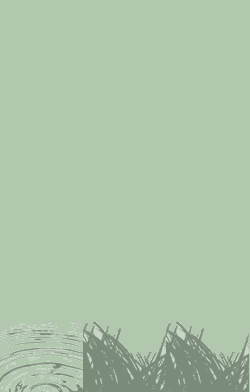The African Sacred Ibis (Threskiornis aethiopicus) is a species of wading bird of the ibis family, Threskiornithidae, which breeds in sub-Saharan Africa, southeastern Iraq, and formerly in Egypt, where it was venerated and often mummified as a symbol of the god Thoth. It has also been introduced into France, Italy, Spain, and the United States (S. Florida).
The bird nests in tree colonies, often with other large wading birds such as herons. It builds a stick nest often in a baobab and lays 2-3 eggs.
The African Sacred Ibis occurs in marshy wetlands and mud flats, both inland and on the coast. It will also visit cultivation and rubbish dumps. It feeds on various fish, frogs, small mammals, reptiles and smaller birds as well as insects.
An adult individual is 68 cm long with all-white body plumage apart from dark plumes on the rump. The bald head and neck, thick curved bill and legs are black. The white wings show a black rear border in flight. Sexes are similar, but juveniles have dirty white plumage, a smaller bill and some feathering on the neck.
This bird is usually silent, but occasionally makes some croaking noises.
The introduced and rapidly growing populations in southern Europe are seen as a potential problem, since these large predators can devastate breeding colonies of species such as terns.
They also compete successfully for nest sites with Cattle and Little Egrets. The adaptable Ibises supplement their diet by feeding at rubbish tips, which helps them to survive the winter in these temperate regions.
The African Sacred Ibis is one of the species to which the Agreement on the Conservation of African-Eurasian Migratory Waterbirds (AEWA) applies.
(From Wikipedia, February 5th, 2010)
– – –
Pure to dirty white feathers cover most of the body. Blue-black scapular plumes form a tuft that falls over the short, square-shaped tail and closed wings. The flight feathers are white with dark blue-green tips. Sacred ibises have long necks and bald, dull grey-black heads. The eyes are brown with a dark red orbital ring and the bill is long, downwardly curving, and with slit-like nostrils. Red bare skin is visible on the side of the breast and on the underwings. The legs are black with a red tinge. There is no seasonal variation or sexual dimorphism other than that males are slightly larger than females.
Juveniles have feathered heads and necks that are mottled white with black streaks. Their scapular feathers are greenish-brown and there is more black on their outer primaries and primary coverts. The underwing coverts have dark streaks. The tail is white with brown corners. (Cramp and Simmons, 1977)
(From Animal Diversity Web via EOL, February 5th, 2011)
– – –




